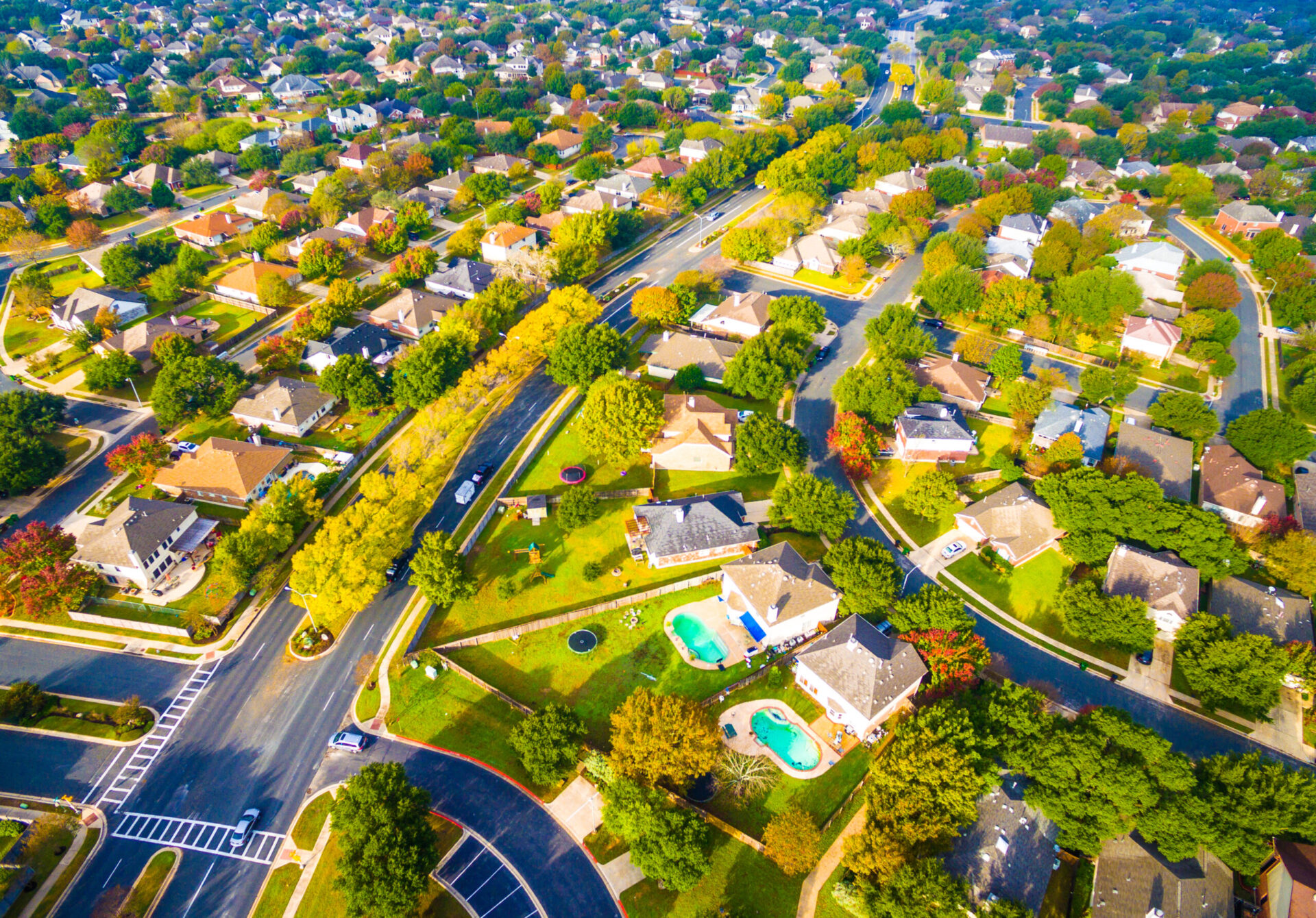Competition has returned full force to the housing market as demand for limited inventory sends home prices soaring.
Black Knight’s latest Home Price Index hit a new record in May, with prices up 0.7% month-over-month and 8.9% YOY. This is the fifth consecutive month of gains.
Many markets experienced home price declines in the last few months, but that trend seems to be reversing. Of the 50 largest markets analyzed by Black Knight, 27 hit their prior price peaks or set new records this spring.
“There is no doubt that the housing market has reignited from a home price perspective,” said Andy Walden, Black Knight Vice President of Enterprise Research. “The reheating is widespread, with more than half of the 50 largest U.S. markets seeing prices at or above 2022 peaks. While prices are still well below peak levels across the West and in many pandemic boom towns, price firming in recent months has begun to close those gaps.”
For-sale inventory remains constrained. Though it rose slightly in May, it is still 51% lower than pre-pandemic levels.
Inventory has fallen in nearly every U.S. market this year, with the worst showings in the West. Markets like San Francisco, Phoenix, and Boise saw inventory boosts last year that have already been wiped out.
As a result of these conditions, the principal and interest payment needed for the median-priced home rose to $2,258, the highest payment on record. It takes 35.7% of the median household’s income to make that payment.
Rising rates are a big part of the problem. The 30–year fixed rate hit its highest point of the year so far last week and shows no signs of seriously moderating. As the Federal Reserve continues fighting inflation, interest rates may stay elevated.
“As it stands, housing affordability remains dangerously close to the 37-year lows reached late last year, despite the Federal Reserve’s attempts to cool the market. The challenge for the Fed now is to chart a path forward toward a ‘soft landing’ without reheating the housing market and reigniting inflation,” Walden said.
He noted that rates will have to come down hard in order to entice homeowners with sub-4% rates to sell, a feat which may be easier said than done.
“At this point, even if rates come down, but not so sharply as to entice potential sellers out of their sub-3.5% mortgages, it could risk a widespread reheating of home prices across the U.S.,” he said.
Read More Articles:
Hot Topic: Converting Office Spaces Into Residential Places
Office Demand: Should Mortgage Professionals Be Back In Person?
